


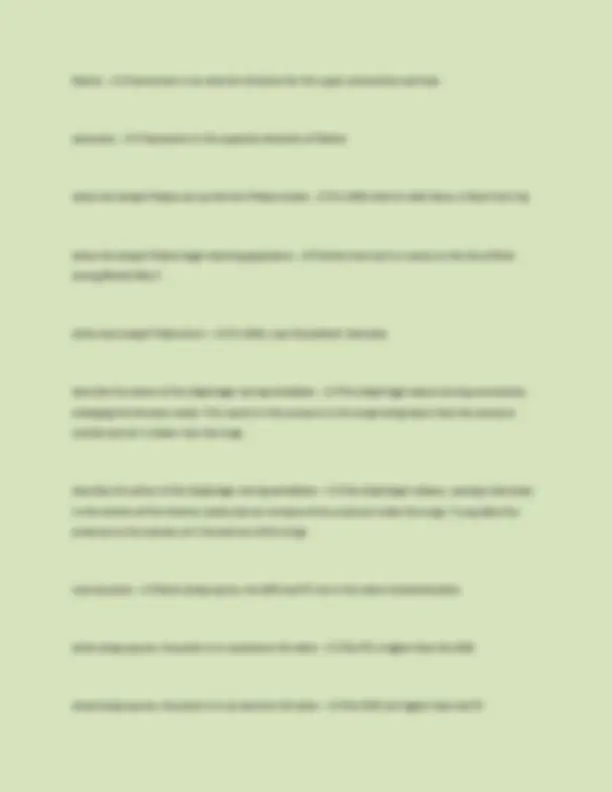
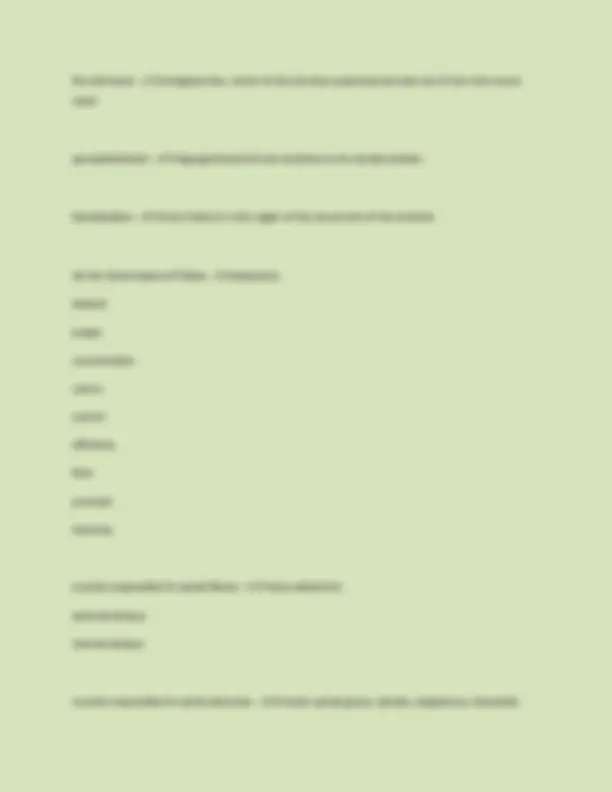
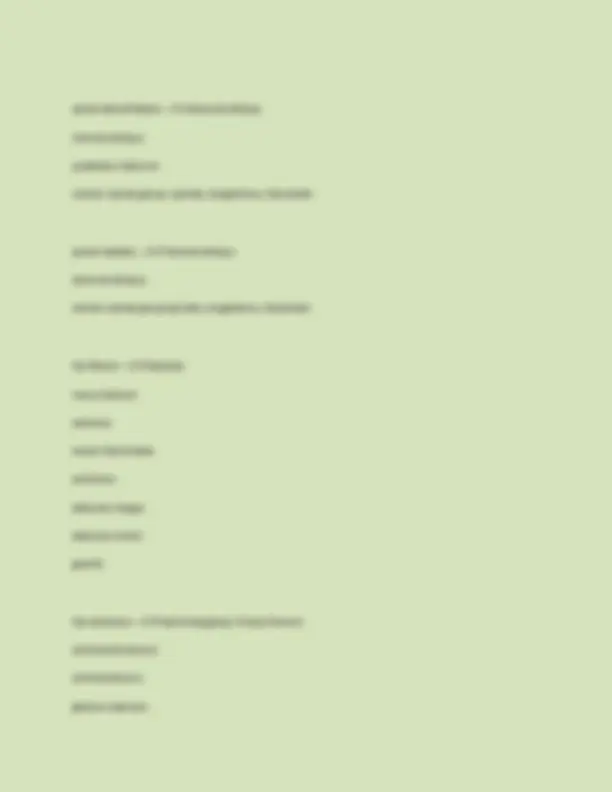
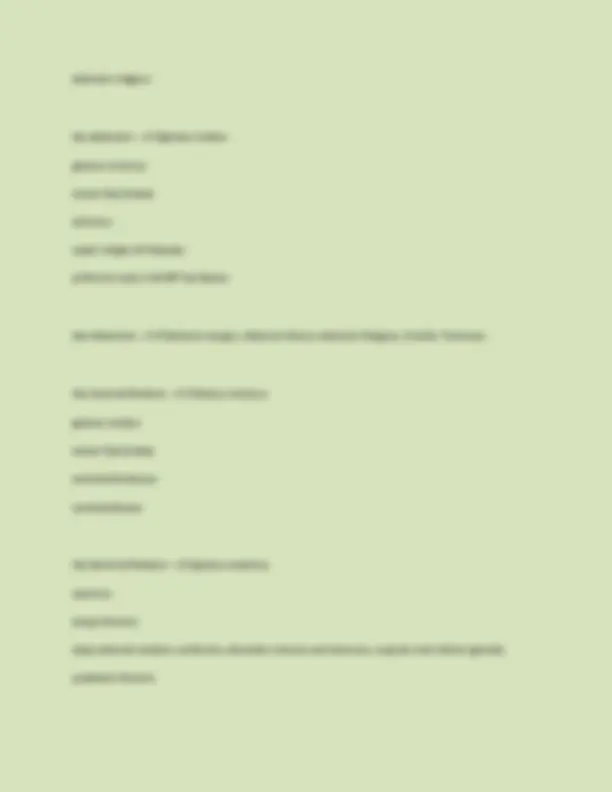
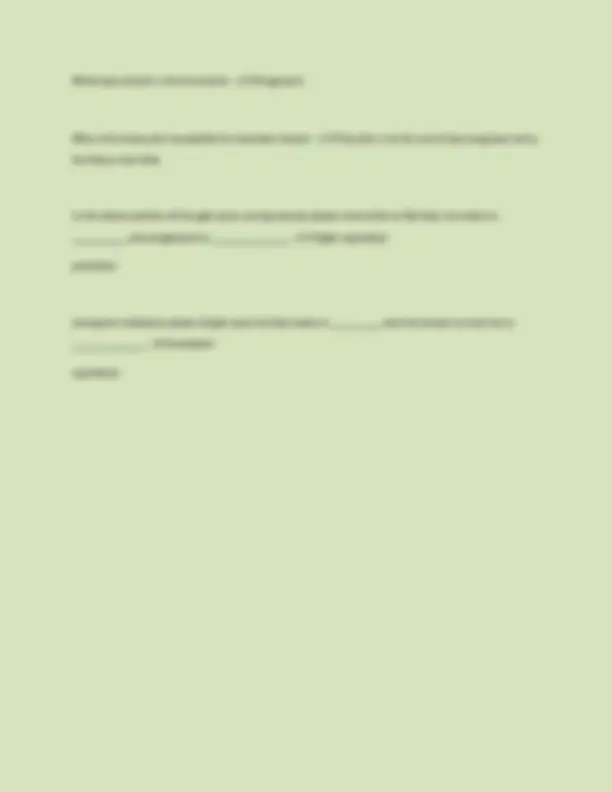


Study with the several resources on Docsity

Earn points by helping other students or get them with a premium plan


Prepare for your exams
Study with the several resources on Docsity

Earn points to download
Earn points by helping other students or get them with a premium plan
Community
Ask the community for help and clear up your study doubts
Discover the best universities in your country according to Docsity users
Free resources
Download our free guides on studying techniques, anxiety management strategies, and thesis advice from Docsity tutors
A comprehensive set of questions and answers covering fundamental pilates theory, including components of physical fitness, principles of training, muscle anatomy, joint types, planes of motion, and basic pilates exercises. It is a valuable resource for beginners seeking to understand the core concepts of pilates and prepare for their training.
Typology: Exams
1 / 13

This page cannot be seen from the preview
Don't miss anything!








Components of Physical Fitness - ✔✔muscular strength, muscular endurance, flexibility Hypertrophy - ✔✔increase in overall girth and or size of a muscle Atrophy - ✔✔decrease in the overall girth and/or size of a muscle Flexibility training - ✔✔refers to the range of movement of a specific joint or series of joints Muscular Strength - ✔✔The amount of force a muscle can exert Muscular endurance - ✔✔the ability to repeatedly produce force against a given resistance Principles of training - ✔✔The Overload Principle, The Specificity Principle, The SAID Principle The rotator cuff muscles - ✔✔supraspinatus, infraspinatus, Teresa minor, subscapularis Muscles of scapula stabilization - ✔✔levator scapulae, trapezius, rhomboids, pectoralis minor, serrated anterior
The large shoulder muscles - ✔✔deltoids, pectoralis major, Teres major, latissimus dorsi glenoid fossa - ✔✔The part of the scapula that joins with the humeral head to form the glenohumeral joint. scapulo-humeral rhythm - ✔✔co-ordinated, linked movement of the scapula and humerus the Lying Side Single Leg Series on the Cadillac comprises of - ✔✔Changes Scissors Circles Forward Circles Back Butterfly on the Cadillac falls into which block - ✔✔Lateral Flexion/Rotation The Rowing Series on the Reformer fall into which block - ✔✔Arm Work compensations - ✔✔undesired movement patterns adjustments - ✔✔small adjustments as the bodie's centre of gravity changes without compromising ideal alignment Exercise modification - ✔✔changing the choreography of an exercise to meet certain goals
transverse plane - ✔✔horizontal division of the body into upper and lower portions sagittal axis - ✔✔extends from front to back around which axis do abduction and adduction occur - ✔✔sagittal axis coronal axis - ✔✔extends from side to side around which axis do flexion and extension occur - ✔✔the coronal axis longitudinal axis - ✔✔directed vertically from top to bottom which ranges of motion occur around the longitudinal axis - ✔✔rotational movements in which plane and axis of motion does rotation occur - ✔✔in the transverse plane around the longitudinal axis in which plane and axis of motion does lateral flexion occur - ✔✔in the coronal plane around the sagittal axis Define Hyperextension - ✔✔excessive movement/position in the direction of extension
flexion - ✔✔movement in an anterior direction for the upper extremities and hips extension - ✔✔movement in the opposite direction of flexion when did Joseph Pilates set up the first Pilates studio - ✔✔in 1926 with his wife Clara, in New York city when did Joseph Pilates begin devising apparatus - ✔✔whilst interned in a camp on the Isle of Man during World War 1 when was Joseph Pilates born - ✔✔in 1883, near Dusseldorf, Germany describe the action of the diaphragm during inhalation - ✔✔the diaphragm lowers during contraction, enlarging the thoracic cavity. This results in the pressure in the lungs being lower than the pressure outside and air is drawn into the lungs describe the action of the diaphragm during exhalation - ✔✔the diaphragm relaxes, causing a decrease in the volume of the thoracic cavity and an increase of the pressure inside the lungs. To equalize the pressure to the outside, air is forced out of the lungs neutral pelvis - ✔✔when lying supine, the ASIS and PS are in the same horizontal plane when lying supune, the pelvis is in a posterior tilt when - ✔✔the PS is higher than the ASIS when lying supune, the pelvis is in an anterior tilt when - ✔✔the ASIS are higher than the PS
Genu Valgum - ✔✔knock knees. Involves a lateral deviation if the distal tibia relative to the knee such that the feet are separated while the knees touch Genu Varum - ✔✔Bow legs. Involves a medial deviation if the distal tibia relative to the knee such that the knees are separated while the feet touch lumber hyperlordosis - ✔✔Involves an increased lumbar curve that is commonly accompanied by an anterior tilt of the pelvis. Flat Back Posture - ✔✔Involves a decrease in the normal degree of curvature in the lumbar spine which muscles have been singled out as having the most profound effect on stabilization and prevention of back pain - ✔✔Transverse Abdominis and Multifidia which muscles offer support to the lower spine - ✔✔the Abdominals which muscles offer support to the upper spine - ✔✔the mid and upper back extensors which muscles are crucial for the generation of intra-abdominal pressure - ✔✔The transversus abdominis and obliques disc protrusion - ✔✔herniation of the disc (focal bulge)
Disc Extrusion - ✔✔prolapsed disc, center of disc (nucleus pulposus) extrudes out of disc into neural canal spondylolisthesis - ✔✔slipping forward of one vertebra on the vertebra below. Spondylolysis - ✔✔stress fracture in the region of the neural arch of the vertebra list the 10 principles of Pilates - ✔✔awareness balance breath concentration centre control efficiency flow precision harmony muscles responsible for spinal flexion - ✔✔rectus abdominis external oblique internal oblique muscles responsible for spinal extension - ✔✔erector spinae group: spinalis, longissimus, iliocostalis
adductor magnus hip abductors - ✔✔gluteus medius gluteus minimus tensor fascia latae sartorius upper ranges of iliopsoas piriformis only in 60-90° hip flexion Hip Adductors - ✔✔Adductor Longus, Adductor Brevis, Adductor Magnus, Gracilis, Pectineus Hip Internal Rotators - ✔✔Gluteus minimus gluteus medius tensor fascia latae semimembranosus semitendinosus Hip External Rotators - ✔✔gluteus maximus sartorius biceps femoris deep external rotators: piriformis, obturator internus and externus, superior and inferior gemelli, quadratus femoris
What is bursitis? - ✔✔Inflammation of the bursa What are bursae? - ✔✔Fluid filled sacks located at points where muscles or tendons slide across bones what is degenerative joint disease - ✔✔also known as osteoarthritis, it involves a thinki g or wearing away of the articular cartilage of bones and accompanying inflammation what is a treatment for hip joint arthritis - ✔✔reduction of load through the hip. maintain or increase strength and range of motion without causing further inflammation or joint damage Pronation of the foot - ✔✔sometimes referred to as "rolling in". Also known as pes planus or flat foot Supination of the foot - ✔✔often referred to as "rolling out". Also known as pes cavus or high arched or rigid foot
What type of joint is the knee joint - ✔✔Hinge joint Why is the knee joint susceptible to traumatic injury? - ✔✔The joint is at the end of two long lever arms, the femur and tibia. in the stance portion of the gait cycle, during contact phase, heel strike to flat foot, the starts in __________ and progresses to ______________ - ✔✔slight supination pronation during the midstance phase of gait cycle the foot starts in _________ and the motion to heel rise is _____________ - ✔✔pronation supination